Old photo: one of the traditional houses in Shanxi Province, the cave in 1928

Shanxi Cave Dwelling is one of the traditional houses in Shanxi Province. The cave dwellings are generally repaired on the south-facing slopes, facing the sun, backed by the mountains, facing the open area, with few trees obstructing, which is very suitable for living. The cave of the first courtyard is usually repaired with 3 holes or 5 holes. The middle kiln is a positive kiln, some are divided into front and rear kiln, some are 1 into 3 open, and 4 holes from the outside are to be opened, and they can be found in tunnels. The top of the door is semi-circular, so that the cavern will increase in space.
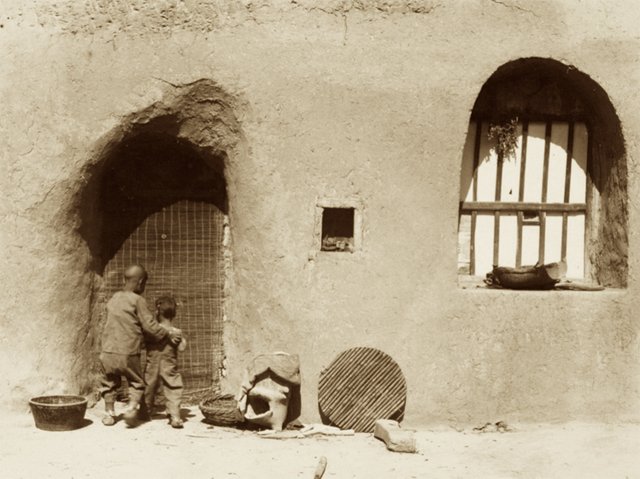
The ancient cave dwellings belong to the earth-moving architecture in architecture. The characteristic is that people and nature live in harmony and symbiosis. It is simple and easy to repair, saves materials and materials, is durable and durable, and is warm in winter and cool in summer. From the field survey of the cave dwellings, it can be found that the width of the single-hole cave dwelling is generally between 3.3 m and 3.7 m, between 3.7 m and 4 m high, and the intersection is 0.3 m to 0.4 m. The depth is 1.7 meters to 1.9 meters, the height of the flat pile is 1.8 meters to 2 meters, and the height of the arch is 1.7 meters to 1.8 meters.
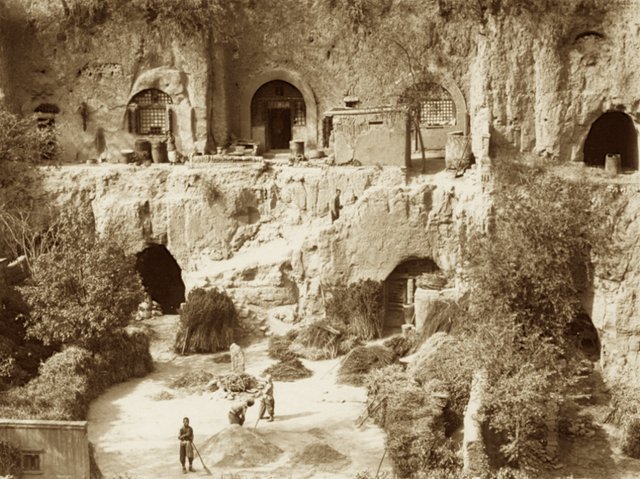
The first is to dig the foundation: After the orientation of the cave is determined, the foundation is started. The foundation pointed by the cave is the type of cave you dug. If there is a gully in front of the door, you can use the rack car to dig the side of the soil and push it into the ditch, so that it is more convenient to throw the soil. If you want to dig a pit, if the poor family or terrain is not conducive to mechanical construction, it will be very hard to rely on the manpower to use the cage.
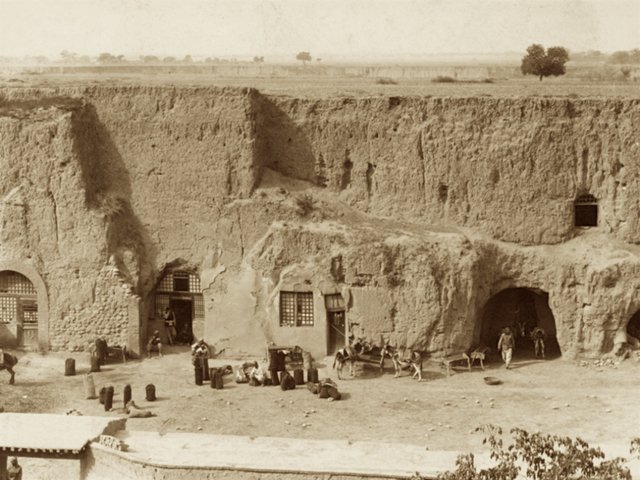
In the past, people used to cultivate Zhuangzi. They only used farming, rain and earth to excavate soil and earth, and they started to work in the early days. The time before and after meals was able to bear a burden. The skin on the shoulders took off one after another. The scorpions on the ground are grounded one after another; often the young and the old are not idle; this generation is not finished, and the next generation will continue. After the rough shape of the foundation is dug, the surface should be repaired and flattened. The locals call it "scratch cliff face".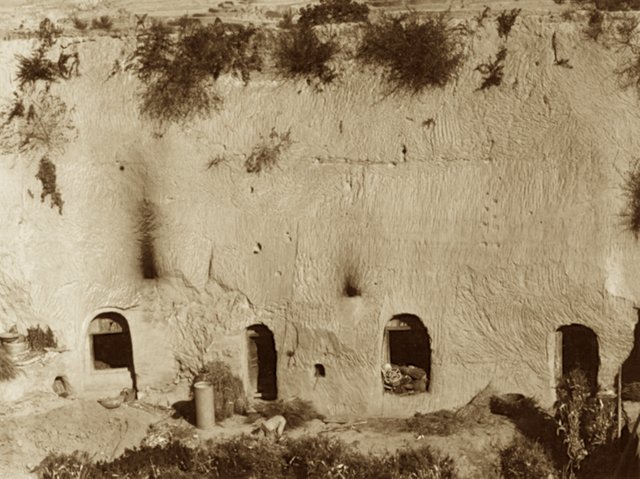
Followed by the cave. After the foundation was dug, the cliff face was scraped and the kiln was started. The kiln is to dig out the shape of the cave and transport the soil away. The caves can't be rushed, and the soil is so hot that it is easy to collapse. After the cave is laid, it is followed by the kiln, or the “cutting kiln” and “milling kiln”. The arch is removed from the top of the kiln, and the kiln is scraped and smoothed, so that the kiln is completed.

After the cave dwelling is dried, the loess and minced wheat straw and mud are used for the mud kiln. The mud of the mud kiln is made of dry soil and has a gluten, and the plane formed by the mud is smooth and smooth. Wet soil and muddy sticky are not good. The mud kiln is at least two layers of mud, one layer of coarse mud, one layer of fine mud, and three layers of mud. After living for a long time in the future, the kiln wall is blackened and can be muddy.
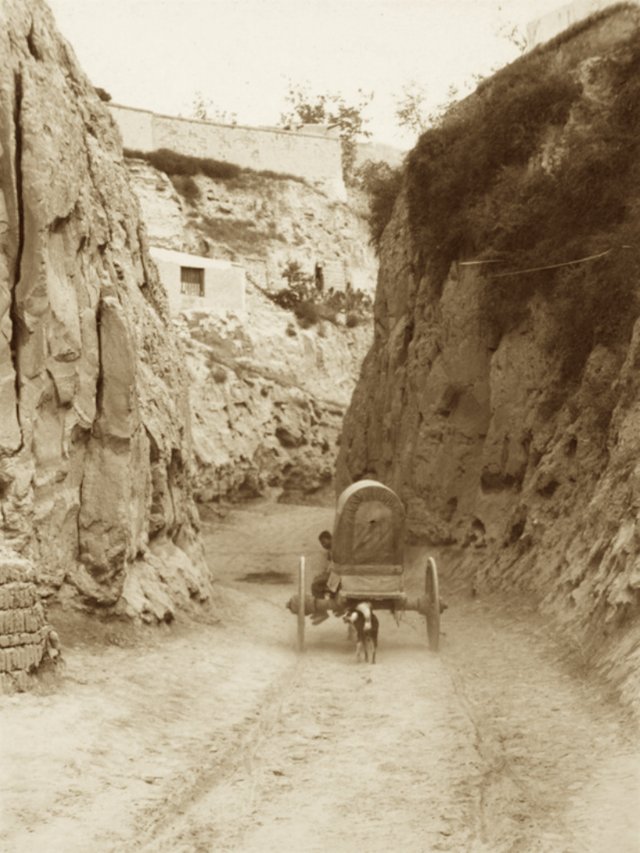
The third step is to tie the gables and the doors and windows. After the kiln mud is finished, use the clay sinker to tie the gable and the Anmen window. Generally, the window is high and the window is high, and the door is parallel with the low window, one door and two windows. Inside the door, the window is smashed, and the chimney is placed against the wall outside the door. The window is used for quick smoke, which is good for the cave environment. For the good health, women do the needlework light on the enthusiasm. After these steps of excavation and repair, the cave dwelling is basically dug.
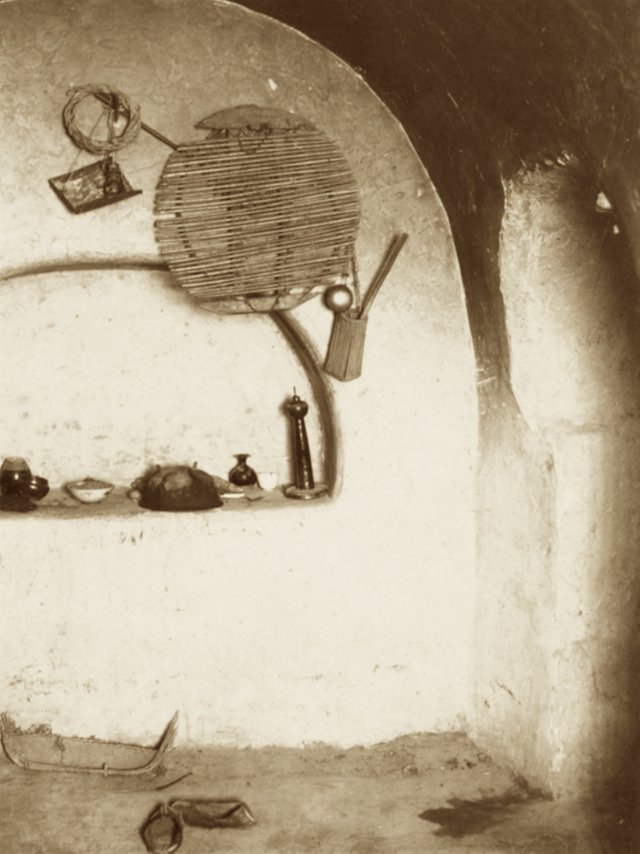
The cave dwellings excavated by people have unique living values and cultural connotations. It is sturdy and durable. There are caves in the local area for hundreds or even thousands of years. Folks also circulate: there are caves that have not leaked for a hundred years, and there are no buildings that have not leaked for centuries. The cave-shaped structure of the cave is in accordance with the mechanics principle. The top pressure is divided into two parts, which are divided into two sides, the center of gravity is stable, the force component is balanced, and it has strong stability.
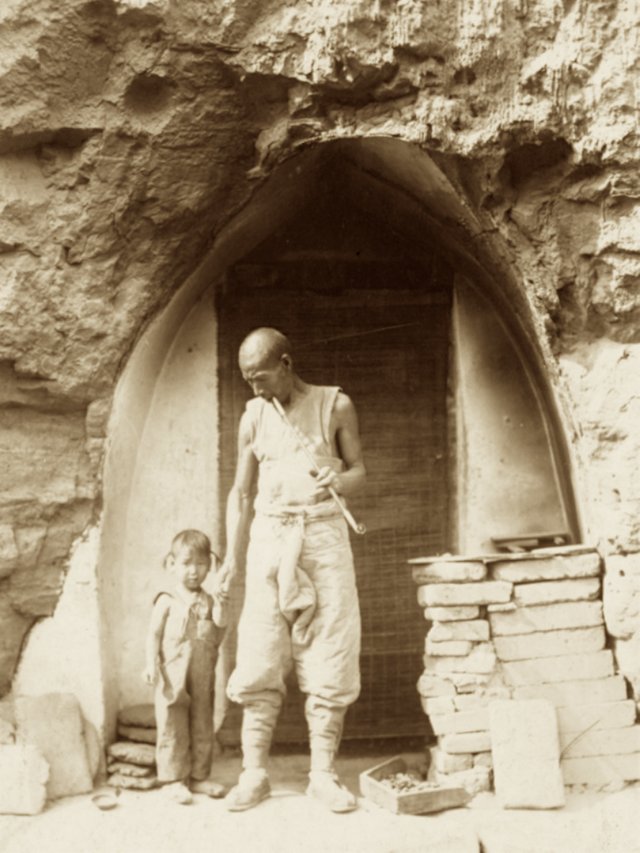
China is a country with relatively common kiln houses, from Xinjiang to Turfan, Kashgar, Lanzhou, Gansu, Dunhuang, Pingliang, Qingyang, Gannan, Ningxia Yinchuan, Guyuan, Shaanxi Qianxian, Yan'an, Shanxi Linyi, Fushan, Pinglu, Taiyuan Henan Zhengzhou, Luoyang, Gongxian and Fujian Longyan, Yongding and Guangdong Meizhou.